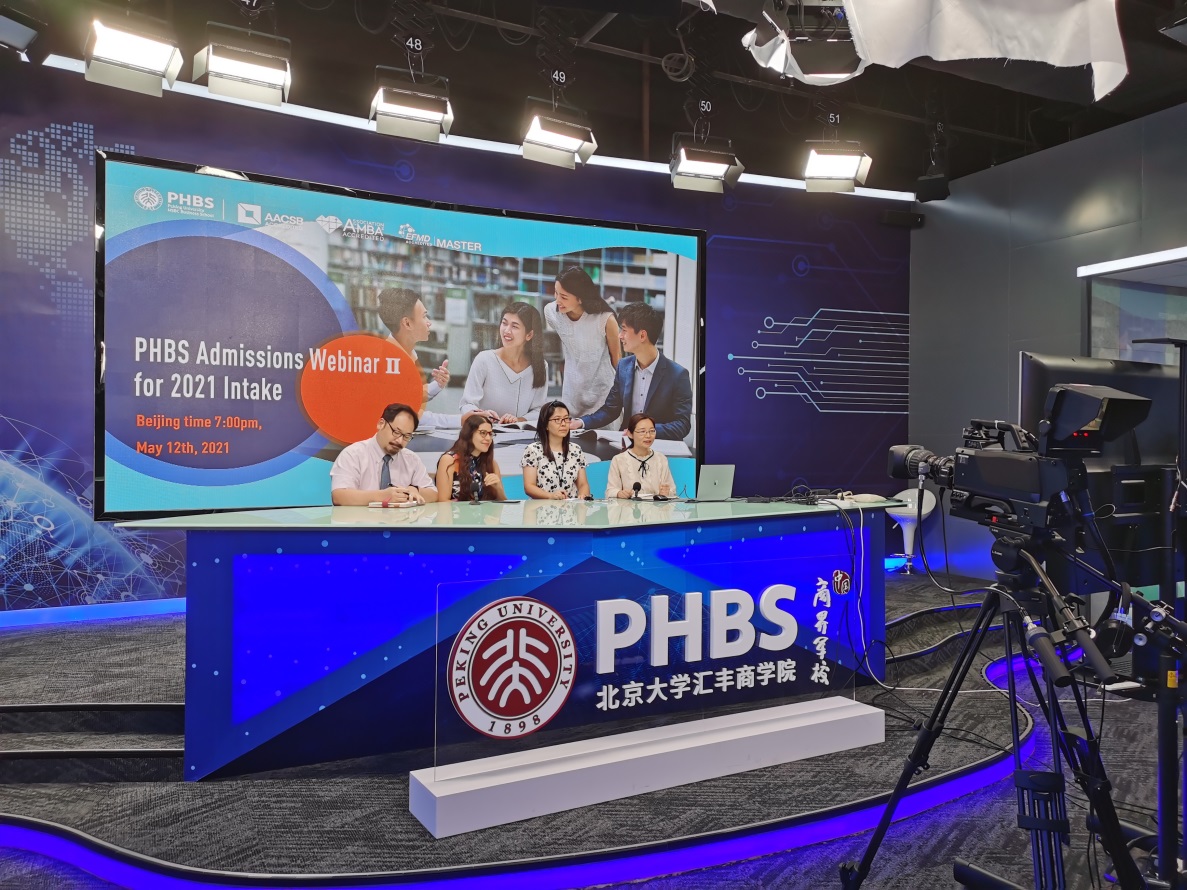At the 40th anniversary of the Shenzhen Special Economic Zone (SEZ), the PHBS Think Tank has conducted a comprehensive investigative survey of over 100 scholars and industry experts on their insights about the reform and development of the Shenzhen SEZ, as well as the Guangdong-Hong Kong-Macao Greater Bay Area. As a representative project investigator, Professor Zhang Kun shared his views with the Shenzhen Press Group in an interview on several key future reform and development strategies. Consistent with the survey project’s findings, the term innovation plays an ongoing and increasingly strategic role to further the reform and development process.
First, the government should develop initiatives for fundamental science and early-stage R&D. Technological innovation can be a long-term process divided into three phases: value creation, capture, and distribution. It starts with early ideation to product and process innovation leading to technology commercialization and, finally, to product marketization.
Shenzhen has well-maintained competitive advantages in terms of product capitalization and trade, which usually occur at the back end of the innovation value chain. Yet, to further develop such, there is still room for basic scientific research exploration and development, breakthrough innovation at the front end of the value chain, and industrial incubation and intellectual property protection in the middle of the value chain.
Given the increasing barriers to international cooperation and the growing trend of deglobalization, Shenzhen can rely on its own internal R&D and technology diffusion capabilities to continue its ground-breaking advancements. Therefore, it needs to strategize long-term investment through the vertical innovation value chain and shift focus to the early stages of the innovation development process.
Protecting Small and Medium-Sized Technology Ventures
Next, small and medium-sized technology ventures can play an important role in developing industry innovation. While innovation-related investments and contributions from large incumbent enterprises and scientific research institutions is unquestionable, new ventures derived from such large market players tend to be constrained by concerns about financial returns, risk management, and existing technological path dependence. The resulting technologies frequently emerge incrementally and gradually, as new concepts are usually built upon on their existing technology base.
Consequently, developing radical and sometimes disruptive innovations, undoubtedly important for the innovation value chain, would mainly fall to creative small- and medium-sized technology ventures. Without too much organizational burden or technology inertia, tech-ventures are more flexible and agile compared to large companies. Additionally, they are more willing to carry out riskier R&D attempts at the front end of the process due to greater financial success in the early stage.
Therefore, Shenzhen’s innovative SMEs should be taken seriously. The municipal government can help foster valuable innovation by providing stronger IP protection, designing cooperative market structures against hostile incumbents, and creating policies to better reward architectural innovation, breakthrough innovation,and disruptive innovation.
Attraction and Retention of High-Level Talent and Human Capital
The Shenzhen SEZ should continue to prioritize attracting and retaining high-level talent and human capital. Scientific research and innovation can be a long-term embedded process, unsustainable without the participation of highly skilled professionals in highly specialized industries such as higher education, medical and health care, as well as high-tech industries. Furthermore, due to the pandemic and the continuing de-globalization trend, barriers are increasing for technology-based partnerships.
Therefore, to stock up on its internal R&D capabilities, Shenzhen should continue to foster and introduce high-level talent and professionals to tech-related industries. Because such individuals generally enjoy more mobility, they will have more options for location choices outside Shenzhen and the Greater Bay Area. Toattract them, it is important to enhance people’s overall welfare and quality of life in the region.
Such policy orientation can be crucial to increase Shenzhen's attractiveness and its overall competitiveness, as well as its international reputation. Research shows that to sustainably retain high-level professionals and human capital, Shenzhen should prioritize enhancing housing, education, medical care, transportation, and arts and culture.
Bridging Greater Bay Area Multilateral Development
Finally, as the hub cit y of the Guangdong-Hong Kong-Macao Greater Bay Area, Shenzhen should strive to lead and develop a well-networked ecosystem structure with its surrounding cities and special administrative regions (SARs). While there can be an open-ended discussion on how to best coordinate development across the area, one thing is quite clear. The Greater Bay Area should foster collaboration on a vision and mission so that municipal administrations and SARs
can optimize their idiosyncratic features and resources under a common strategic directive. This way, municipalities can formulate development strategies to avoid homogeneous competition. For instance, Shenzhen, Guangzhou, and Hong Kong are likely to compete for talent and various resources. They should avoid excessive internal competition that works against creating synergies for the Greater Bay Area. Additionally, when it comes to cooperation with neighboring smaller-scaled cities, the Shenzhen municipal government should take into account factors such as the division of authoritative powers, urban planning and design, and resource allocation.
By Zhang Kun and Li Zhuoyao (Class of 2019)
Published in the PHBS Magazine















